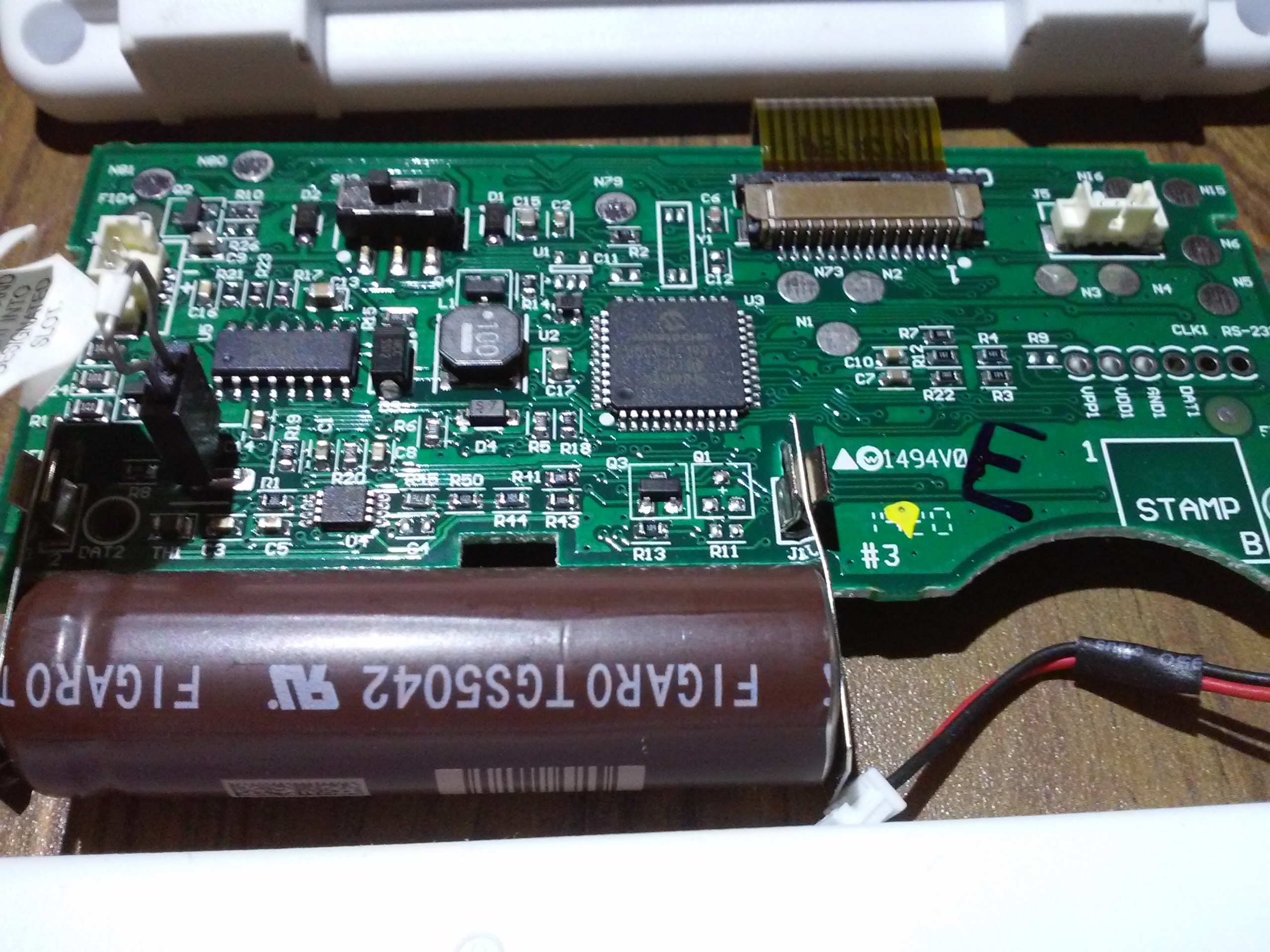


In the late 1990s Underwriters Laboratories changed their definition of a single station CO detector with a sound device in it to a carbon monoxide (CO) alarm. Carbon monoxide may have severe adverse effects on the fetus of a pregnant woman.Ī carbon monoxide detector or CO detector is a device that detects the presence of the carbon monoxide (CO) gas in order to prevent carbon monoxide poisoning. Exposures to carbon monoxide may cause significant damage to the heart and central nervous system, especially to the globus pallidus, often with long-term chronic pathological conditions. In the United States, the OSHA limits long-term workplace exposure levels above 50 ppm.Ĭarbon monoxide also binds to other molecules such as myoglobin and mitochondrial cytochrome oxidase.

A level of 50% carboxyhemoglobin may result in seizure, coma, and fatality. Concentrations as low as 667 ppm may cause up to 50% of the body's hemoglobin to convert to carboxyhemoglobin. It combines with hemoglobin to produce carboxyhemoglobin, which usurps the space in hemoglobin that normally carries oxygen, but is ineffective for delivering oxygen to bodily tissues. Carbon monoxide is colorless, odorless, and tasteless, but highly toxic. In coordination complexes the carbon monoxide ligand is called carbonyl.Ĭarbon monoxide poisoning is the most common type of fatal air poisoning in many countries. It is the simplest oxocarbon and is isoelectronic with other triply-bonded diatomic molecules having ten valence electrons, including the cyanide anion, the nitrosonium cation and molecular nitrogen. In the atmosphere, it is spatially variable and short lived, having a role in the formation of ground-level ozone.Ĭarbon monoxide consists of one carbon atom and one oxygen atom, connected by a triple bond that consists of two covalent bonds as well as one dative covalent bond. It is toxic to hemoglobic animals (both invertebrate and vertebrate, including humans) when encountered in concentrations above about 35 ppm, although it is also produced in normal animal metabolism in low quantities, and is thought to have some normal biological functions. Where To Place Carbon Monoxide Alarms: One on every level of the home and one in each sleeping area.Carbon monoxide (CO) is a colorless, odorless, and tasteless gas that is slightly less dense than air. A pull-down action chart instructs you of what to do if the CO alarm goes off. A single button silences the alarm and tests the CO detector. There are no complicated displays or settings to navigate. Simply insert the battery, and the CO detector will start to monitor your space for carbon monoxide. The First Alert Carbon Monoxide Alarm is easy to set up. Each CO detector lasts approximately five years. A low-battery light and alarm alert you when battery power is running low, and an end-of-life timer lets you know when the device should be replaced. When carbon monoxide levels rise, the carbon monoxide detector sounds an 85-decibel siren that is designed to wake even the soundest of sleepers. When CO is detected, the carbon monoxide detector sounds an alarm to warn you of the threat. The First Alert Carbon Monoxide Alarm uses an advanced electrochemical CO sensor to detect elevated carbon monoxide levels. When carbon monoxide levels become elevated, a loud 85-decibel alarm alerts you to the threat.
#First alert carbon monoxide alarm model co1210 portable
This carbon monoxide detector is battery powered, making it portable and easy to use anywhere, even in the event of a power outage. The First Alert CO400 Carbon Monoxide Alarm utilizes an electrochemical carbon monoxide sensor that lasts for up to five years to detect carbon monoxide. Basic Battery Operated Carbon Monoxide Alarm


 0 kommentar(er)
0 kommentar(er)
